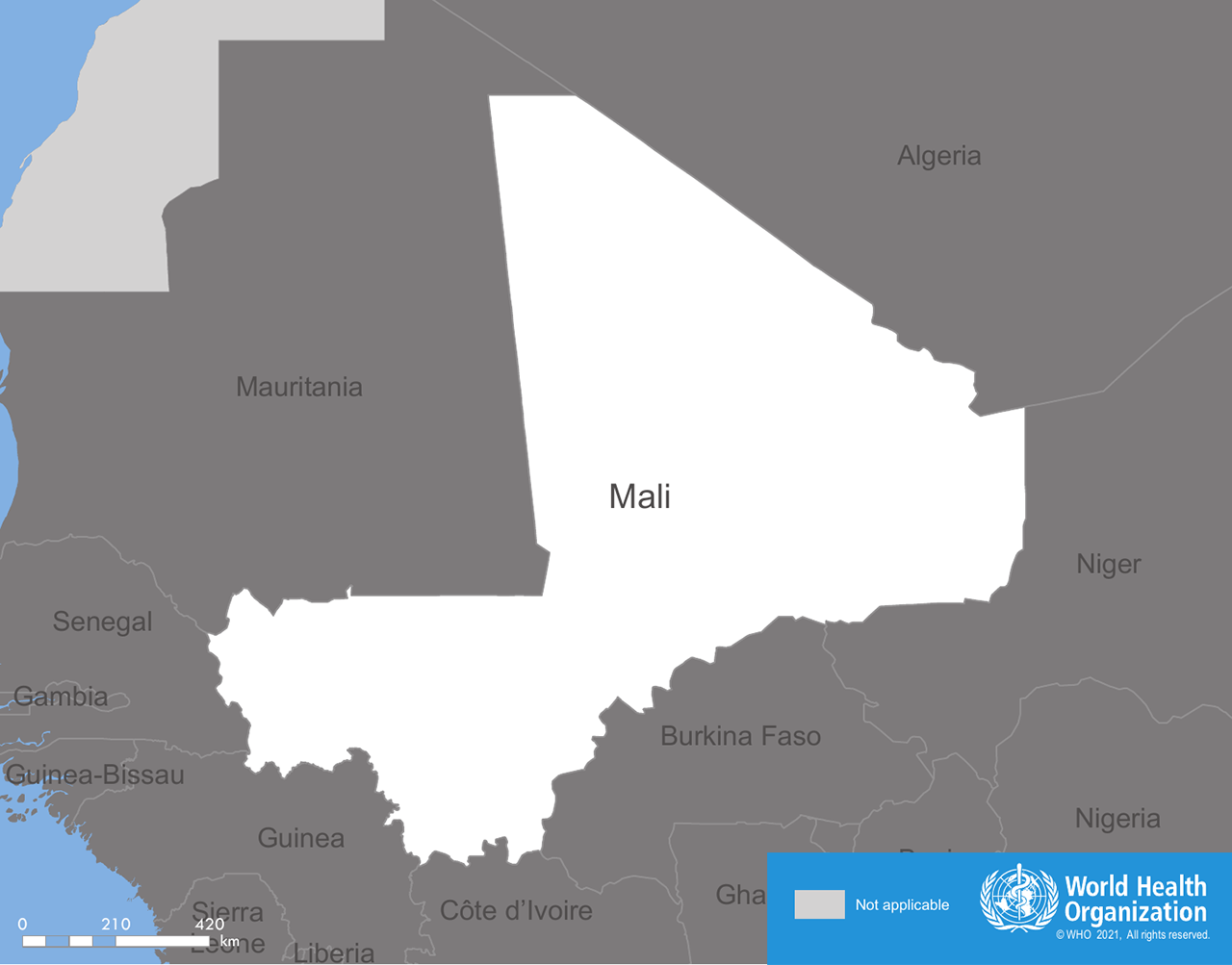Mali
In September 2025, the humanitarian situation in Mali remains extremely concerning. It is estimated that 6.4 million people—around 28% of the population—are in urgent need of humanitarian assistance. Persistent insecurity, armed conflict, internal displacement (402,178 internally displaced persons according to the DTM), and instability initially concentrated in the northern and central regions are now beginning to spread southward, further undermining access to basic services.
Regarding humanitarian access, 45 incidents were reported in September—a 24% decrease compared to the 59 incidents recorded in August. The food crisis continues to worsen: according to the Food and Agriculture Organization (FAO) and the World Food Programme (WFP), Mali is among the global hunger hotspots, with populations classified in Phase 4 (emergency) of the Harmonized Framework.
Flood damage and impact on populations
As in previous years, Mali experienced heavy rainfall in 2025, resulting in significant flooding across several regions. The most affected areas are Mopti, Gao, and Timbuktu in the north, as well as Kayes in the southwest.
According to data from the Ministry of Social Development, in 2024 the country had already recorded 866,633 people affected by flooding, including a large number of women and children. In 2025, the situation remains concerning, though less severe than the previous year. To date, 2,751 households have been affected, comprising 20,859 disaster victims, 38 injured, and 22 reported deaths.
To mitigate the impact, more than 2,200 villages located along the Niger and Senegal rivers have been identified by authorities and humanitarian partners as high-risk areas.
Map disclaimer: Data source: WHO. Map production: WHO/Health Emergencies Programme. @ WHO 2021. All rights reserved.
Health Cluster coordination
Health Cluster team
National team: 2
Coordinator: 1 FT
Information management officer: 0
Public health officer: 0
Communications officer: 1FT
Subnational hubs: 6
Health Cluster partners
Partners: 51
International NGOs: 21
National NGOs: 11
UN agencies: 5
National authorities: 3
Donors: 4
Observers: 7
Key resources
Analysis by the Health Cluster on the effects of the fuel shortage on the humanitarian health response in Mali
The Health Cluster has released an analysis on Mali’s growing fuel shortage and its impact on health services, outlining key risks and required response measures. Available in two languages below.
News
All →





